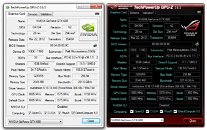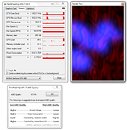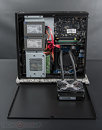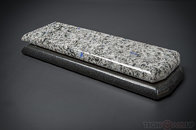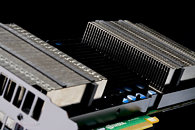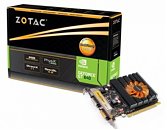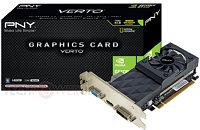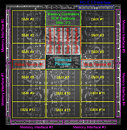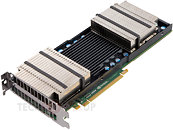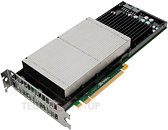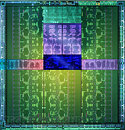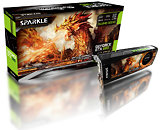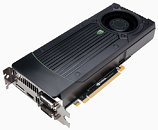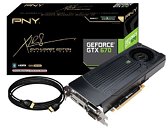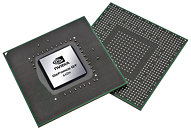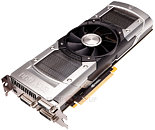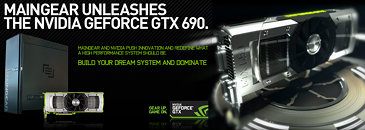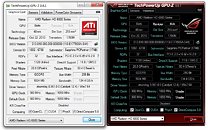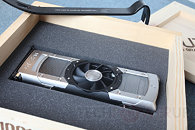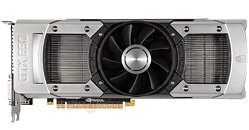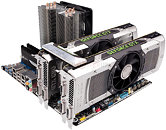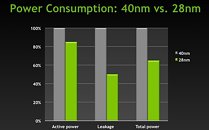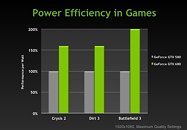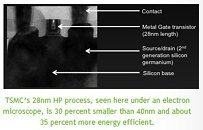
TechPowerUp GPU-Z 0.6.3 Released
TechPowerUp released GPU-Z 0.6.3, the latest version of the popular PC graphics subsystem information and diagnostic utility. The new release adds support for dozens of new GPUs, including AMD "Trinity" APU-integrated HD 7600D series, upcoming NVIDIA GeForce GTX 660; improves stability in Windows 8, and adds a large number of other stability improvements. GPU-Z 0.6.3 adds support for NVIDIA GPUs including GeForce GT 620, GT 630, GT 640, GTX 660, Tesla M2090, Quadro 1100M, Quadro 5000M, NVS 5400M, G610M, GeForce GT 620M, GT 630M, GT640M LE, and GT 660M; AMD GPUs including Trinity (HD 7600D series), HD 7570, HD 7670, HD 6610M, HD 7550M, HD 7850M, HD 7520G, and HD 7640G.
Keeping in tune with previous versions, GPU-Z 0.6.3 introduces a new killer feature: power-consumption measurement for IGPs (integrated graphics) on Intel "Sandy Bridge" and "Ivy Bridge" Core/Pentium processors. The measurement isolates the power draw of the IGP from the rest of the processor. TechPowerUp GPU-Z 0.6.3 fixes crashes related to OpenCL detection (when using Intel drivers), with improved OpenCL drivers on Intel and AMD graphics drivers. It adds voltage monitoring for Radeon HD 7700 series. Boost clock detection is improved for NVIDIA "Kepler" architecture GPUs.DOWNLOAD: TechPowerUp GPU-Z 0.6.3, GPU-Z 0.6.3 ASUS ROG Edition
The complete change-log follows.
Keeping in tune with previous versions, GPU-Z 0.6.3 introduces a new killer feature: power-consumption measurement for IGPs (integrated graphics) on Intel "Sandy Bridge" and "Ivy Bridge" Core/Pentium processors. The measurement isolates the power draw of the IGP from the rest of the processor. TechPowerUp GPU-Z 0.6.3 fixes crashes related to OpenCL detection (when using Intel drivers), with improved OpenCL drivers on Intel and AMD graphics drivers. It adds voltage monitoring for Radeon HD 7700 series. Boost clock detection is improved for NVIDIA "Kepler" architecture GPUs.DOWNLOAD: TechPowerUp GPU-Z 0.6.3, GPU-Z 0.6.3 ASUS ROG Edition
The complete change-log follows.
